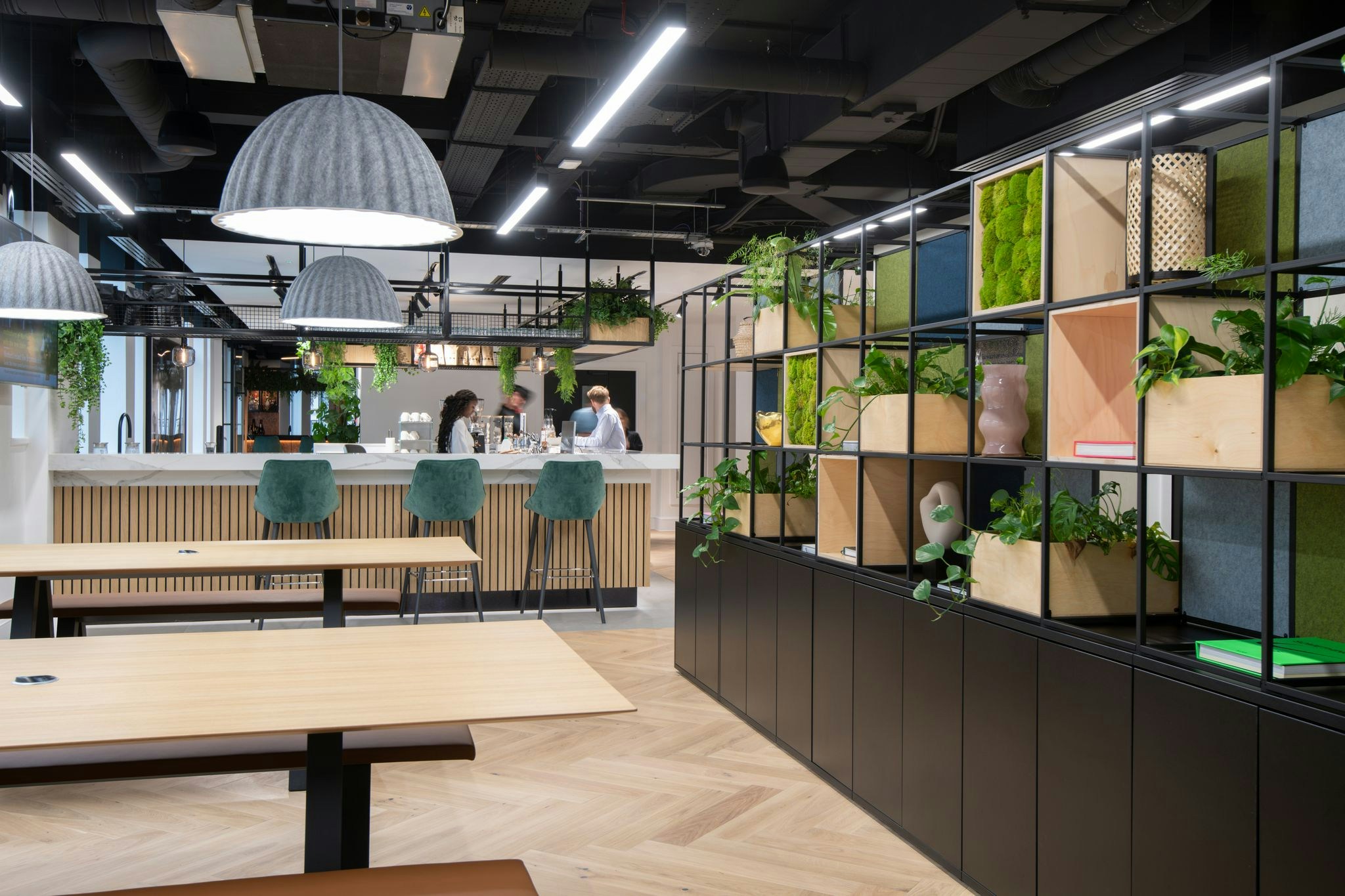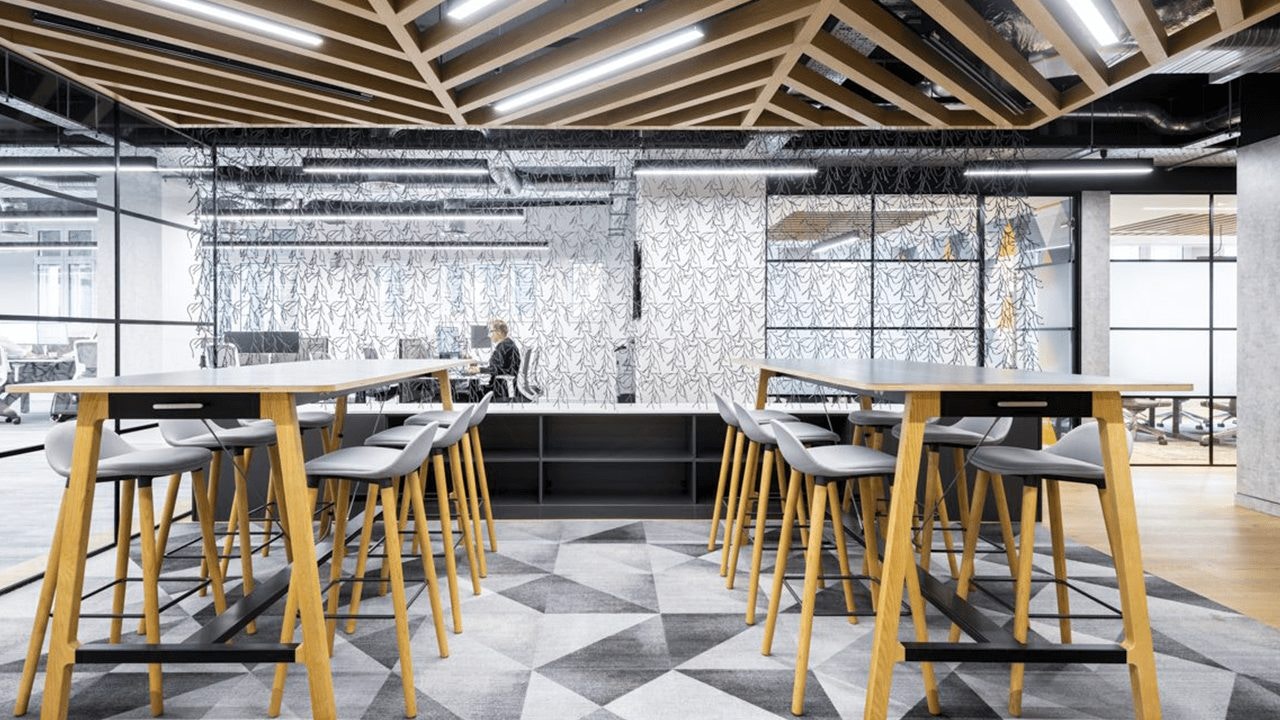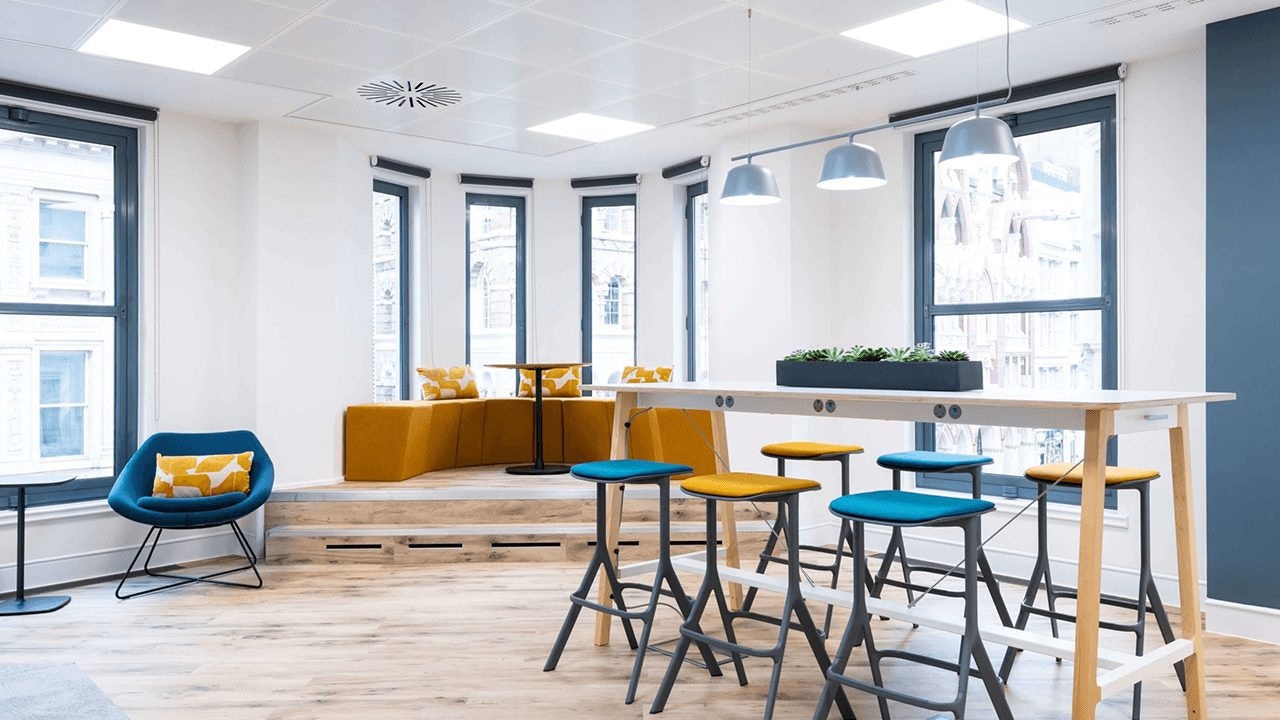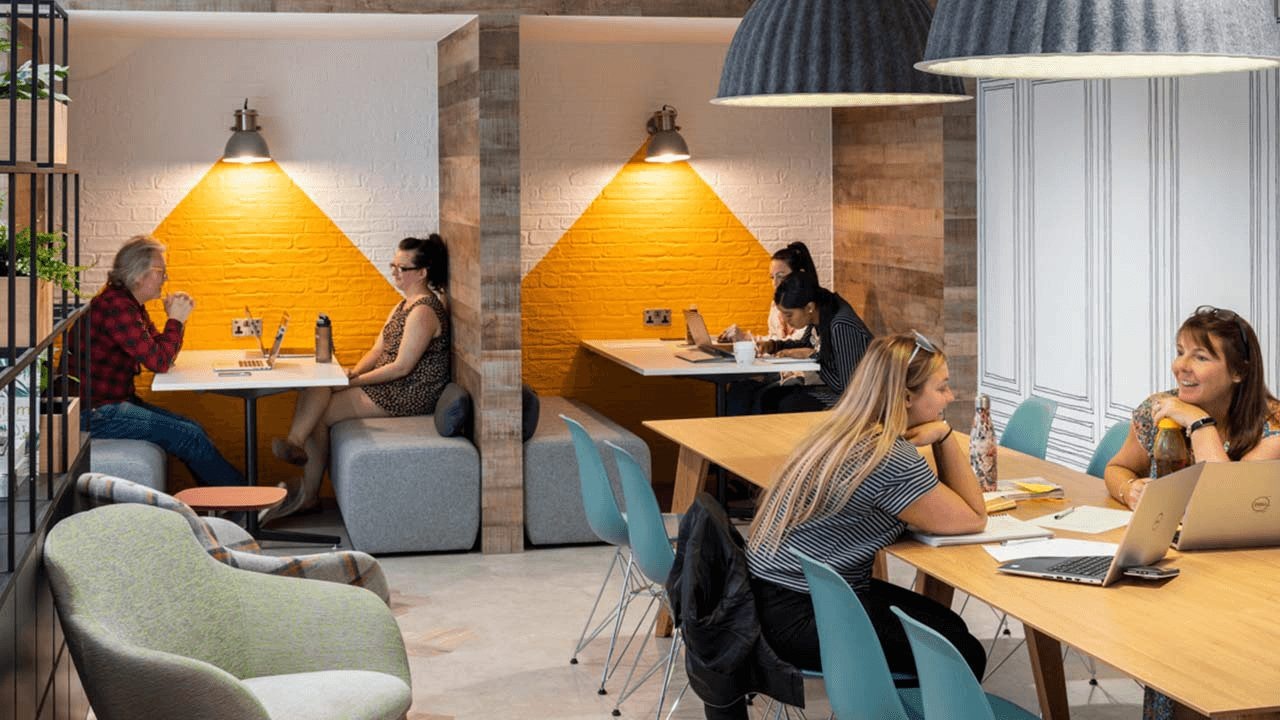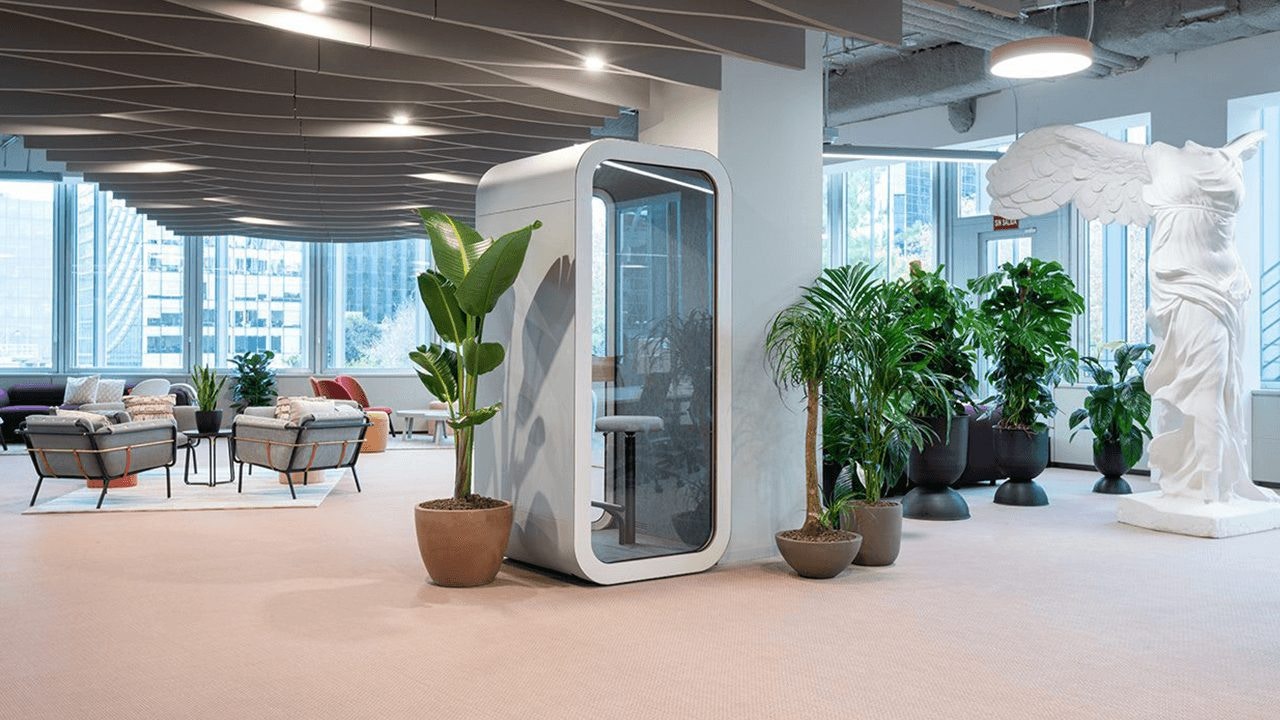A growing company’s success can be significantly impacted by the design of its office space. Not only does office design influence employee productivity and well-being, but it can also boost brand identity and company culture.
The financial year ending in 2021 saw a record-breaking 810,316 new businesses launched in the UK, marking a 21.8% increase from 2019, according to the Business Statistics Bulletin.
As new companies grow, more office space is needed. Modern workplaces are placing greater emphasis on creating workspaces that are flexible, and sustainable, and promote collaboration, creativity, and inclusivity. This article will explore the latest office design trends and provide tips for optimising your workspace to ensure long-term growth and success.
